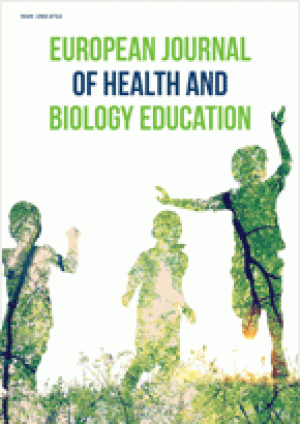Abstract
Analyses of students’ ideas about the organ system in the human body and how these relate to their thoughts about living a healthy life are presented. The study concerns 9th grade students (15/16 years) in Sweden. The empirical data consists of drawings and answers to written questions, both open and multiple-choice, and interviews with students and teachers. Comparing explanations of a well known scenario (eating a sandwich) to other that are less often discussed (taking a painkiller and drinking water) we report that it is difficult for the students to transfer knowledge of pathways in the digestive system shown in explanations of the sandwich-scenario to the other scenarios. Most difficulties are shown for explanations of the drinking of water, since these explanations require connection of three different organ systems. More than half of the interviewed students believed that there is nutritious substance in water, but most of them were unable to specify what it would be. The students with the most developed understanding of the painkiller pathway were satisfied with taking medical substances to elude pain, and were not interested in other alternatives.
License
This is an open access article distributed under the Creative Commons Attribution License which permits unrestricted use, distribution, and reproduction in any medium, provided the original work is properly cited.
Article Type: Research Article
European Journal of Health and Biology Education, Volume 1, Issue 1, July 2012, 3-29
https://doi.org/10.20897/lectito.201202
Publication date: 15 Jul 2012
Article Views: 1189
Article Downloads: 386
Open Access References How to cite this article
 Full Text (PDF)
Full Text (PDF)